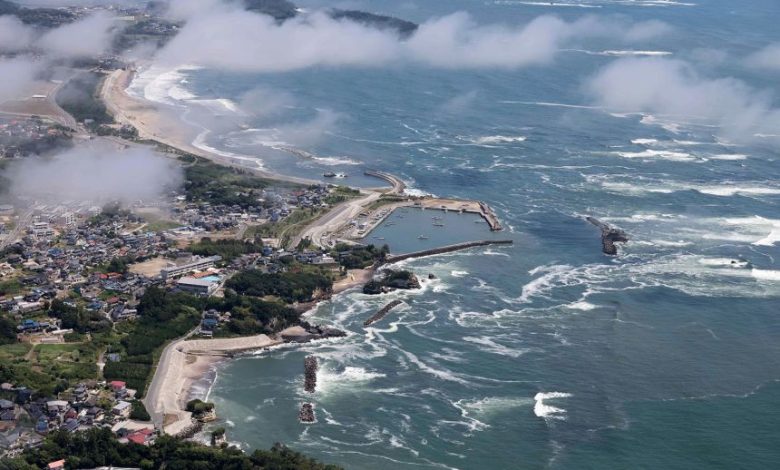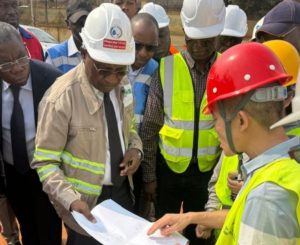Earthquake tsunami warnings: Pacific-Wide Alarm After Magnitude 8.8 Mega‑Quake off Kamchatka—Minimal Damage Sparks Fresh Questions

On July 30–31, 2025, a powerful magnitude 8.8 earthquake struck off the Kamchatka Peninsula in Russia, activating earthquake tsunami warnings across the Pacific Ocean. From Japan to Hawaii, California to Chile, millions were evacuated as authorities braced for potentially devastating waves. Yet, despite the magnitude, the outcome defied expectations: minimal destruction and few casualties.
This 8.8 magnitude earthquake occurred near Petropavlovsk-Kamchatsky, a seismically active region in far eastern Russia. Occurring at a shallow depth of approximately 20 kilometers, it immediately triggered automatic earthquake tsunami warnings issued by global monitoring agencies.
Seismologists quickly identified the quake as a megathrust event, similar in type to the catastrophic 2004 Indian Ocean tsunami. However, the absence of an accompanying submarine landslide proved critical in limiting wave strength.
The Pacific Tsunami Warning Center (PTWC) coordinated warnings to dozens of nations. In Japan, alerts were issued for regions including Hokkaido and Tohoku, with over 2 million residents evacuated. Hawaii and California were placed under tsunami watches, prompting beach closures and sirens.
In Chile, over 1.4 million people were evacuated as a precaution. French Polynesia, Guam, and New Zealand also activated local tsunami alert protocols following the international earthquake tsunami warnings.
Despite the gravity of the alerts, the tsunami waves remained surprisingly small in most areas.
- In Russia, localized wave heights near Severo-Kurilsk reportedly reached up to 4 meters, with isolated flooding damaging property.
- Japan recorded waves under 1 meter, while Hawaii saw 1.2-meter surges and California reported minimal sea-level changes.
The efficiency of earthquake tsunami warnings helped mitigate damage, and early evacuations likely prevented loss of life. Only one death was confirmed—a tragic accident in Japan during evacuation.
Why the Earthquake Tsunami Warnings Didn’t Lead to Disaster
Scientists credit several factors for the surprisingly limited damage:
- The quake’s rupture dynamics may have displaced less ocean water than expected.
- No significant underwater landslide occurred, which often amplifies tsunami strength.
- Early issuance of earthquake tsunami warnings and robust public communication allowed timely evacuations.
These factors, combined with public readiness, prevented the kind of widespread tragedy seen in previous disasters like the 2011 Japan tsunami or the 2004 Indian Ocean tsunami.
Volcanic Fallout: Klyuchevskoy Eruption Follows the Quake
Shortly after the quake, Klyuchevskoy volcano—Russia’s tallest and most active—began erupting. Experts suspect the seismic waves may have destabilized magma systems beneath the volcano.
Ash plumes and lava flows were reported, and aviation alerts were raised across the region. The link between earthquakes and volcanic eruptions along the Ring of Fire continues to be closely monitored.
Earthquake Tsunami Warnings in Historical Context
This event stands alongside other seismic giants like:
- 1952 Severo-Kurilsk earthquake (M9.0): produced an 18-meter tsunami, killing over 2,300 people.
- 1964 Alaska earthquake (M9.2) and 2004 Sumatra earthquake (M9.1–9.3): both generated devastating tsunamis across oceans.
The 2025 Kamchatka quake showed that while earthquake tsunami warnings are crucial, not all large quakes translate into catastrophic tsunamis. Nevertheless, vigilance remains vital.
Conclusion
The earthquake tsunami warnings issued after the Kamchatka quake worked exactly as intended—prompting global alerts, fast evacuations, and saving countless lives.
However, the limited physical impact highlights a reality: even seismologists can’t fully predict how earthquakes will interact with the ocean floor. As tectonic activity continues across the Pacific Rim, preparedness and rapid communication remain our best defense against future tsunamis.





